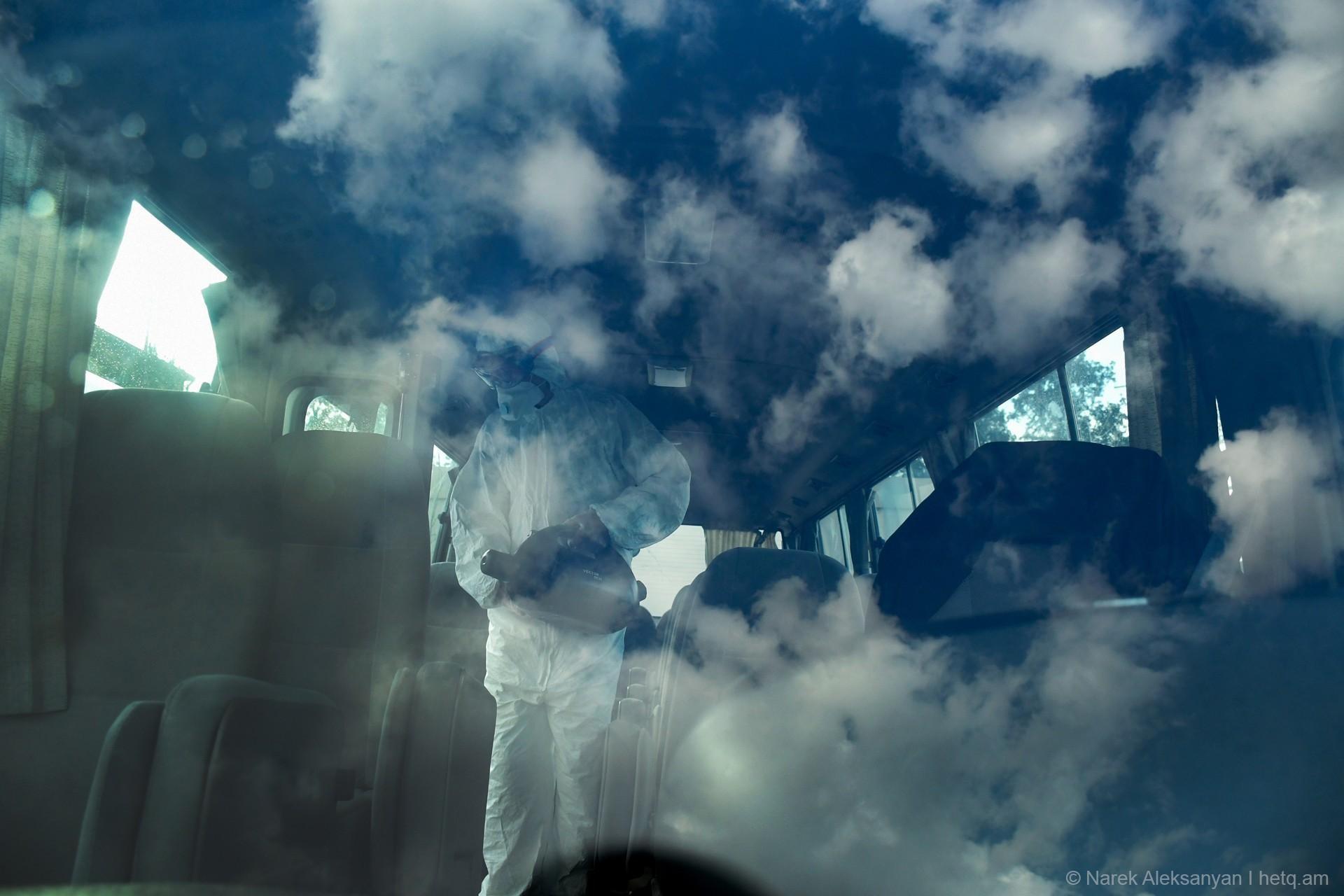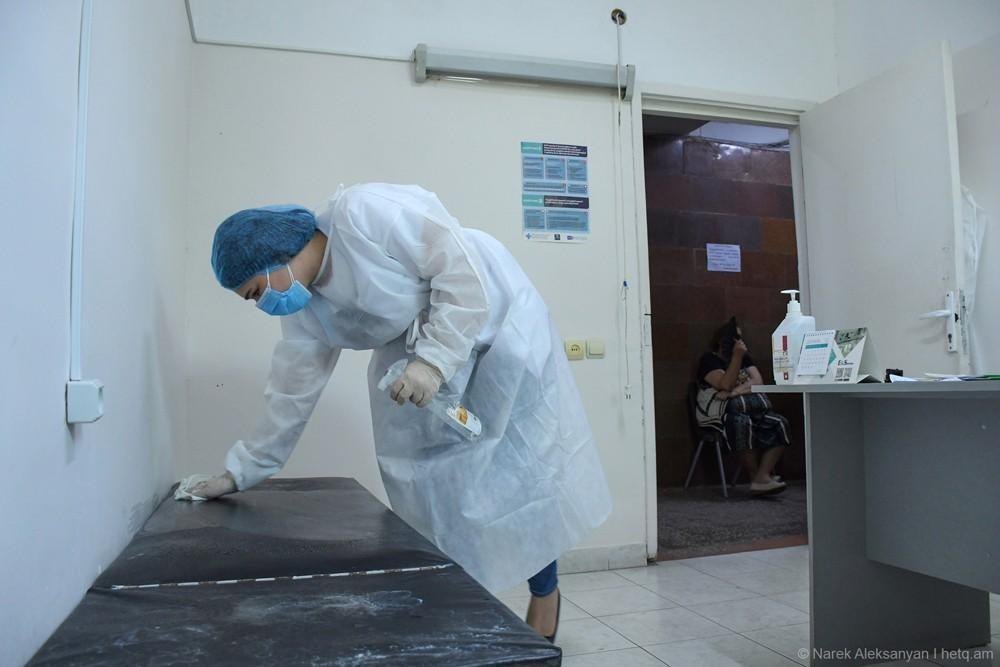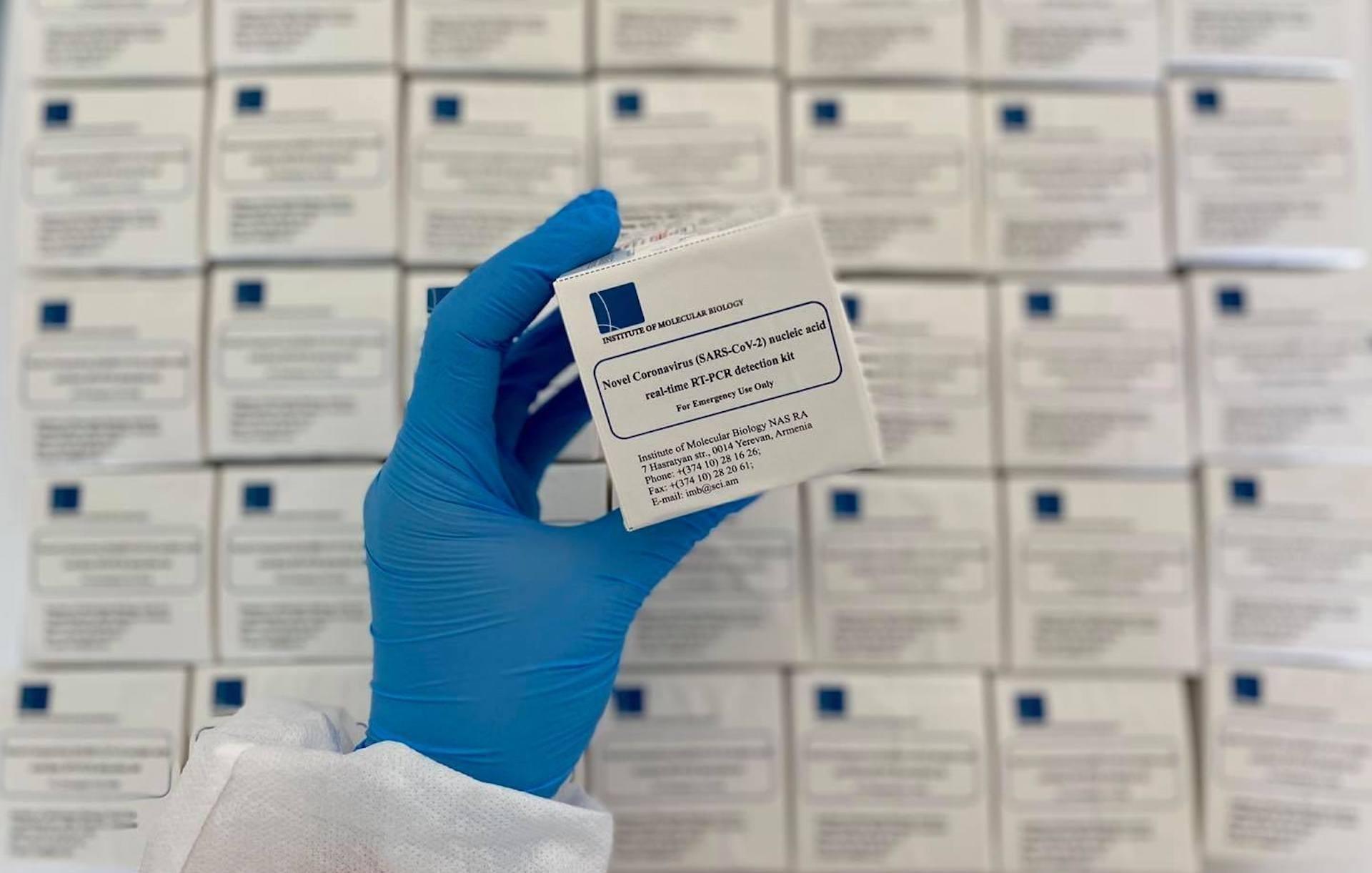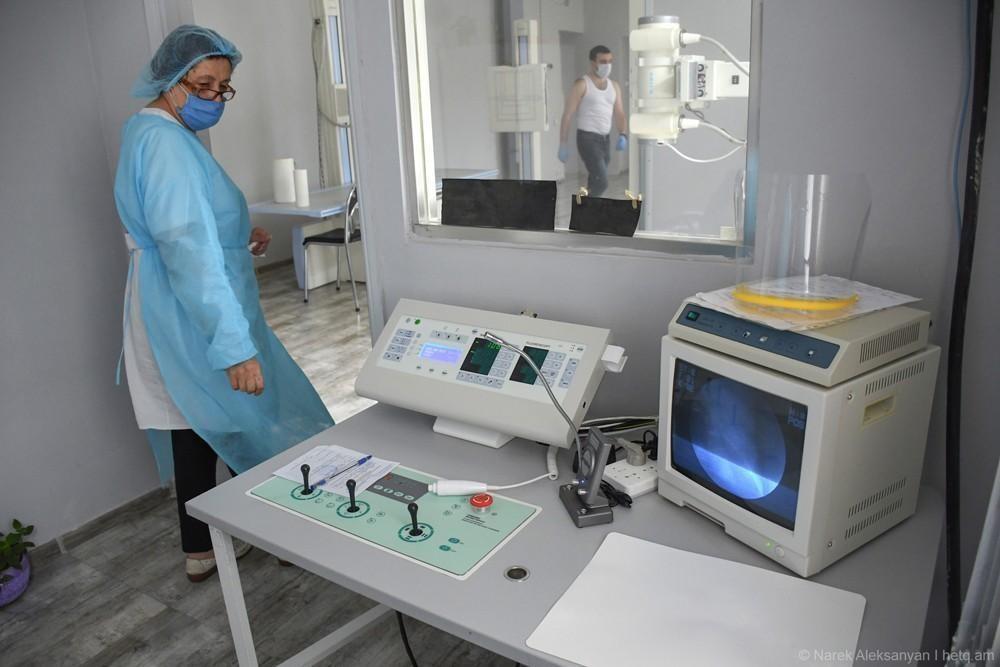
Armenia’s Coronavirus Experience: Many Lapses Along the Way
To date, a total of 158,878 cases of coronavirus have been confirmed in Armenia. The virus has claimed the lives of 3,486. Thus, every 45th person with coronavirus has died and every fourth tested is diagnosed with coronavirus.
When and how did the virus spread in Armenia? What shortcomings and omissions were there in the beginning and what is the situation today?
Coronavirus: Initial stages
In late December 2019, a new, previously unknown strain of coronavirus was discovered in the Chinese city of Wuhan, which was called 2019-nCoV, Sars-Cov-2, a new coronavirus. Initially, it was said that the primary source of infection was sick animals, but later it became clear that it was transmitted from person to person.
At the time, there was a shortage of medical masks in Armenian pharmacies. Existing ones were sold at prices 2-4 times more than normal.
On January 26, 2020, Hetq spoke with Liana Torosyan, Head of the Special Dangerous Airborne Infections Unit at the National Center for Disease Control and Prevention of the Ministry of Health. Torosyan claimed that that they were following the coronavirus situation and expressed hope that the disease would not reach Armenia.
On January 30, Armenian Minister of Health Arsen Torosyan stated that there was no need to wear facial masks in public.
In a February 23 Facebook post, Minister Torosyan said too much noise was being made about the coronavirus, which he labelled something akin to the regular seasonal flu.
The coronavirus quickly spread globally. Cases were registered outside China, in several European countries, in Iran and in Russia. However, no restriction on mass events in Armenia were instituted.
On March 1, the first case of coronavirus was registered in Armenia. The patient was a 29-year-old man from Tehran, who was isolated. The My Step parliamentary faction continued to campaign for constitutional reform. Making stops in Syunik Province. Prime Minister Nikol Pashinyan insisted that the coronavirus was "something like the flu" and that there was no need to panic.
On March 11, the second case of coronavirus was registered in the town of Etchmiadzin. The woman had just returned from Italy. She in turn infected two others.
Two more confirmed cases were registered a day later. Nevertheless, during the My Step constitutional referendum campaign in Syunik, Nikol Pashinyan again insisted that "the coronavirus isn’t the real danger”, adding that the real danger are those “destroying the organism of our state system.”
“We will remove these coronaviruses one by one with tweezers and disinfect them with homemade vodka,” boasted Pashinyan.
On March 13, when seven cases of coronavirus were confirmed in people who had contact with a woman from Etchmiadzin, Pashinyan stated the woman never told doctors that she had a fever. (Later, in an interview with the Iravunk newspaper, the woman said Pashinyan had lied.)
On March 16, when 49 cases of coronavirus were registered, a state of emergency was declared in Armenia, the rules for observing anti-epidemiological norms were tightened, and a fine was imposed for not wearing masks.
On the same day, temporary medical checkpoints were set up in Etchmiadzin.
On March 26, the first case of death from coronavirus was registered in Armenia.
On March 30, the National Assembly adopted, in the first reading, the government's proposal to monitor telephone conversations to prevent the spread of the coronavirus. It was a tracking program, to monitor people’s movements. This project is still in force.
As of March 30, 482 cases of coronavirus were registered in Armenia.
To date, a total of 158,878 cases of coronavirus have been registered. So far, 3,486 people have died. Every 45th person with coronavirus in Armenia dies. Every fourth tested is diagnosed with coronavirus. That is, 24% of those tested have coronavirus. During the last month, on average, about 2,500 tests are performed daily (minimum 1,000, maximum 3,500).
The most cases registered in one day was on November 6 – 2,476 people. To date, the highest number of deaths was registered on October 30 and November 13 – 41 deaths each day.
Lack of preventative items
With the spread of the coronavirus, there was a shortage of preventative items in local drugstores- medical masks, alcohol, and disinfectants (hand sanitizer). If available, they were sold several times the normal price. For example, in mid-March the price of masks increased by 10-15 times.
It was during this period that the production of disinfectants immediately increased. The market was not properly regulated.
Hetq studied the production of disinfectants and revealed that the production of antibacterial disinfectants in Armenia was not only not regulated, but the sanitizers were considered a cosmetic item.
Moreover, the hand gels received registration declarations through "fake procedures", most of which were examined in two laboratories under the Ministry of Economy and the Ministry of Health.
During the the state of emergency, these laboratories actively provided "certification" to the disinfectant antibacterial agents subject to mandatory state registration.
One of the agencies conducting the certification, the National Institute of Standards, issued a statement after Hetq's publications, claiming that the registration process had been carried out without any violations. However, the Eurasian Economic Commission confirmed the authenticity of our publications, stating that Armenia had wrongly registered alcogels.
Most of the medical PPE not tested
Before appearing on the market, medical masks and uniforms had to pass an examination, since they are the subject to regulation according to EEU decision N-299. They are also subject to mandatory state registration.
In early July, Hetq surveyed the government-acquired medical equipment market and found that they lacked mandatory state registration, and some of the local manufacturers who purchased the medical equipment did not specialize in their production. That is, the medical institutions were provided with garments that did not pass examination.
From March 1 to June 26, some 1,000 medical workers in Armenia were already infected with the coronavirus, which at that time made up 4% of the total number of infected people in the country.
Armenian COVID-19 test equipment did not meet legal requirements
In April, Nikol Pashinyan announced that production of Armenian coronavirus test kits would commence. On June 24, Minister of Health Arsen Torosyan announced that the Armenian-made test kits were ready.
In late July, Hetq published a study of Armenian COVID-19 test kits, revealing that the devices used in the production of Armenian test kits had not been checked, i.e., there was no objective data on whether the measurement devices met legal requirements.
Moreover, the accuracy and specificity of the tests was determined by another agency, the National Center for Disease Control and Prevention of the Ministry of Health, whose devices had also never been tested. The methodology used to produce the kits had been developed in January 2020 and was designed to be used only in emergencies.
The test kits were ready in late June but were put into operation in early September. Prior to November 16, 103,155 test kits of Armenian production were used, which was 22% of the test kits used.
Artificial ventilators almost never used
As of July 20, 2020, there were 493 artificial ventilation devices in Armenia. According to data provided by the Ministry of Health to Hetq, only 15% of them had been used as of November 6.
The Ministry of Health told Hetq that there were 205 ventilators in Armenia as of May 12, of which 120 were sent by China. The rest were gathered from all the provincial hospitals in Armenia.
It should be noted that now, in Armenia’s regional medical institutions that do not have coronavirus treatment profiling, there are either no ventilators or they have one in reserve. In case of urgent need, patients are referred to Yerevan.
Unscrupulous businesspeople
At the same time, the sale of COVID-19 treatment products and their advertisement on social networks increased. One even came across tea being advertised as a means to ward off the coronavirus. Vitamin C and D iodine were advertised under the name "COVID-19 treatment".
Nevertheless, the State Commission for the Protection of Economic Competition told Hetq that such advertising was not misleading and did not violate Article 21 of the RA Law on Advertising.
Calculating Covid-19 fatalities
When compiling coronavirus death statistics, European countries considered all the cases when the coronavirus test was positive. In other words, death occurred not only from the coronavirus but also from side effects of the disease since COVID-19 can cause a deterioration in human health.
In this context, the calculation of the deaths made by the Armenian Ministry of Health is also noteworthy.
On May 14, Hetq wrote that the Ministry of Health began to differentiate the deaths of people with coronavirus infection.
On April 29, when the number of deaths from coronavirus rose to thirty, accounting for 1.6% of all deaths, the Ministry of Health began to distinguish them as "coronavirus-infected" or "coronavirus-infected but died of another disease.”
Hetq attempted to clarify the ministry’s nuanced approach to listing the cause of death.
Deputy Health Minister Lena Nanushyan said that they are guided by the WHO guideline, which allows them to distinguish those deaths if they wish.
The Ministry of Health took advantage of this opportunity. Today, due to the nuanced differentiation, the death rate from the coronavirus in Armenia is not 2.2%, but 1.8%.
 Videos
Videos Photos
Photos





Comments (2)
Write a comment